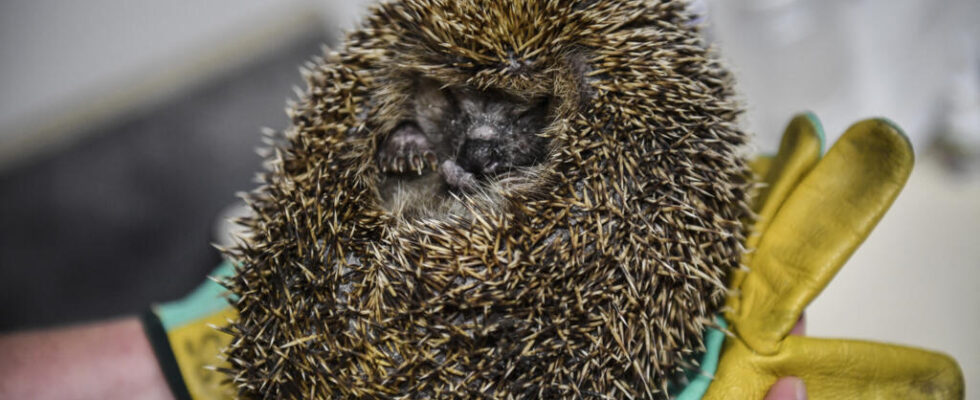More than half (56%) of the animal or plant species threatened in France are not protected, noted Thursday, June 13, the French committee of the International Union for Conservation of Nature (IUCN). The latter calls for a strengthening of measures to respect the commitments made at COP15 in Montreal.
2 mins
In total, 1,610 species out of the 2,857 threatened with extinction in France are not included in any protection order. The International Union for Conservation of Nature (IUCN), which highlights this figure, notes that there are strong disparities depending on the types of species and geographical areas.
Also listenHunting pest animals is sometimes harmful
Thus, if all amphibians and almost all threatened mammals and reptiles are subject to protection measures, no spider, shark or ray is protected. More generally, fish, invertebrates and plants are not protected “ only in a small proportion » points out the IUCN. Geographically too, a strong disparity exists. Threatened species in certain overseas territories such as Guadeloupe, Martinique or Polynesia appear more neglected than in mainland France.
These findings “ highlight significant gaps in the protection of endangered species and call for significantly strengthening the coverage of regulatory protection ” of the biodiversity in France which appears “ insufficient and partial », Estimates Martine Bigan, president of the species protection commission of the French Committee of the IUCN.
Extend protection orders
In France, protected species are listed in ministerial or prefectural decrees. For each species a series of prohibitions is specified, such as the destruction of individuals, the destruction and removal of eggs or nests, the collection or capture of specimens, their marketing, etc.
The organization recommends that these orders be extended to all species “ critically endangered “, ” in danger ” Or ” vulnerable “. He also advocates for the inclusion of “near threatened” species which present vulnerability factors (low reproduction rate, migration, etc.) or strong conservation needs such as endemic species. The IUCN also considers it necessary to integrate “ systematically » the protection of habitats essential to species in protection orders.
Read alsoLaw of nature: what status should be given to the ocean to protect it?
Finally, ” some decrees that are too old are no longer in line with the latest knowledge and no longer meet the needs to protect species in the face of current threats », and must be updated by 2026, underlines the IUCN. The organization cites the example of those concerning plants dating from 1982, freshwater fish (1988) or certain insects from France, including the Agrion pretty – a dragonfly with a body ringed in blue and black – classified as vulnerable and yet unprotected.
